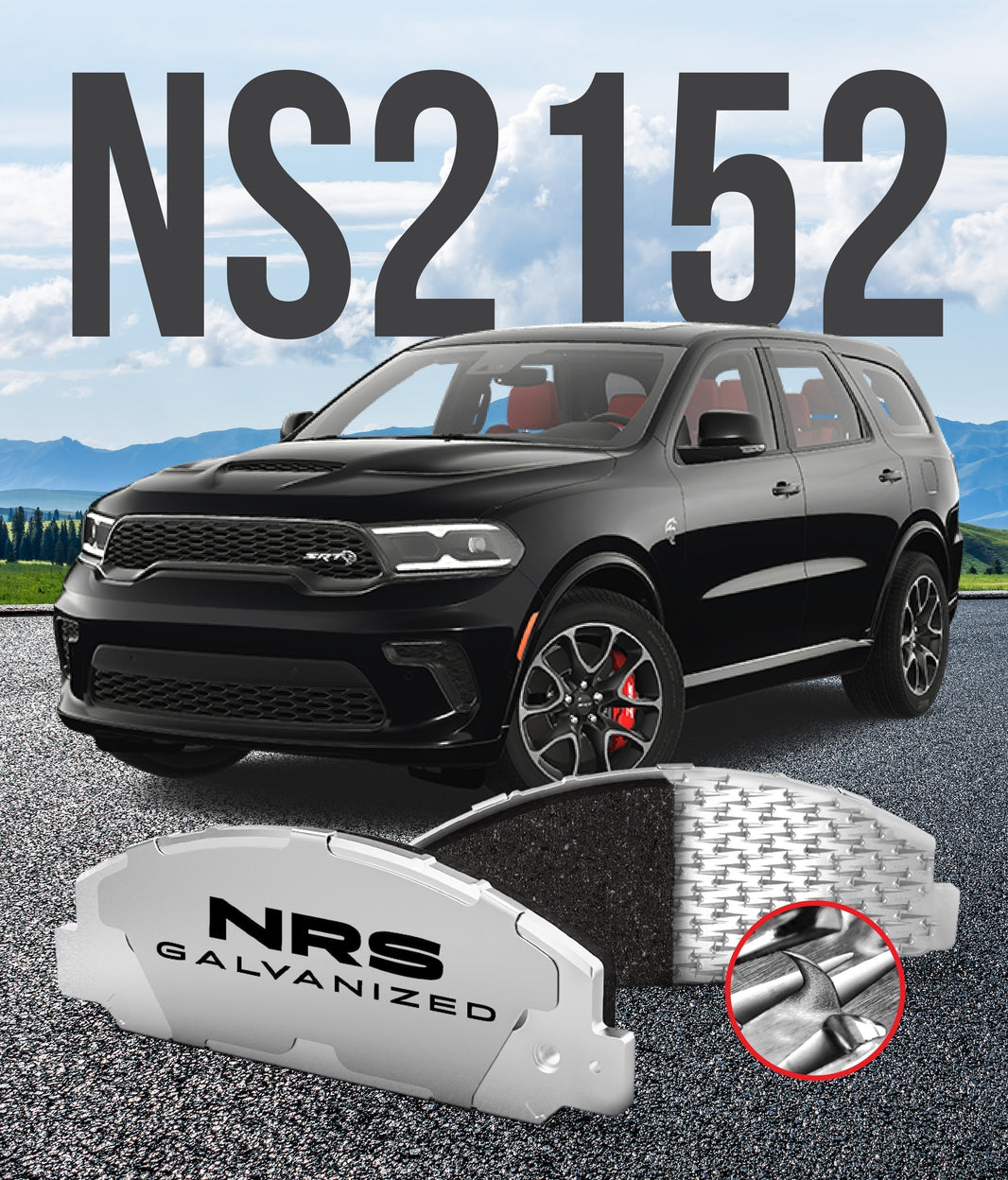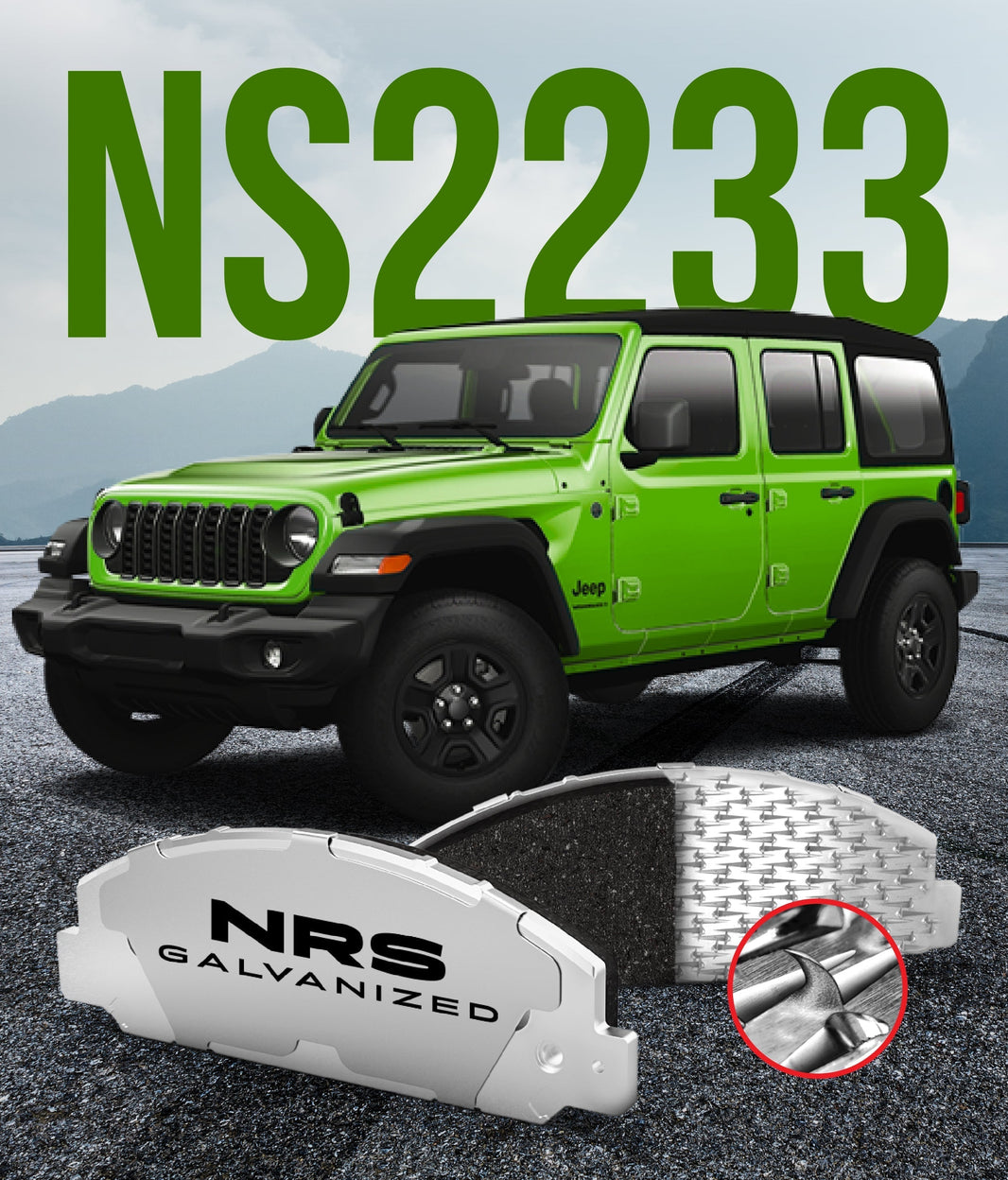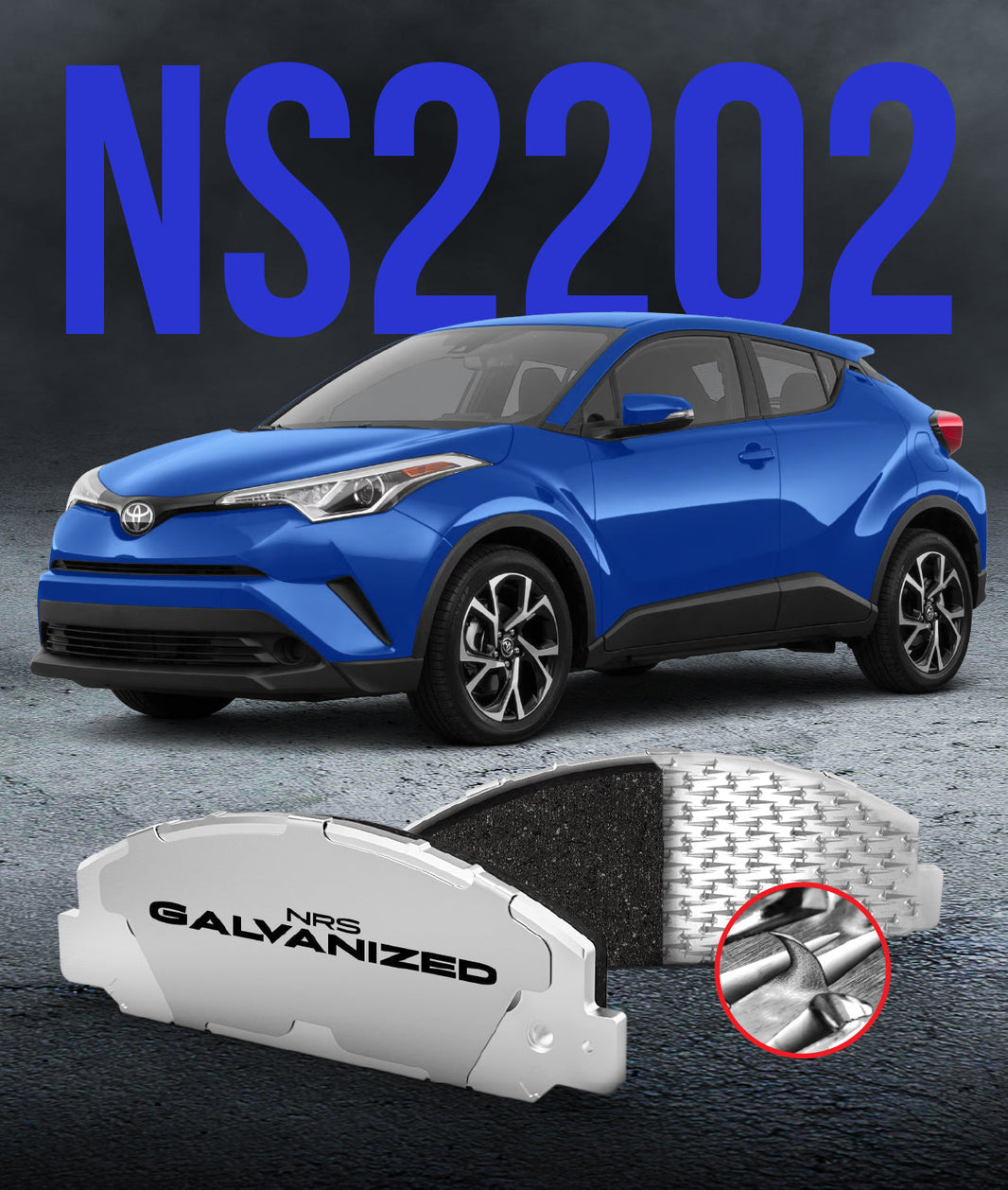
When you make a sudden stop, you are probably thankful for your responsive brakes and grippy tires. But have you ever considered the unsung heroes of that safe stop? Your car's shock absorbers and struts play a surprisingly critical role in how quickly and safely your vehicle comes to a halt.
Most drivers think of their suspension as being purely for comfort, smoothing out bumps and providing a nice ride. However, the truth is that your shocks and struts are a vital part of your car's overall safety system. Worn-out components can have a direct and dangerous impact on your braking distance.
The Unsung Heroes: What Do Shocks and Struts Actually Do?
To understand how suspension affects braking, you first need to understand the primary job of your shocks and struts. Your car's springs are what actually support its weight and absorb the initial impact of a bump. The job of the shocks and struts is to control the unwanted bouncing of those springs.
Think of it like dropping a basketball versus a medicine ball. The basketball, like a spring, will bounce over and over again. The medicine ball, however, hits the ground once and stops; this is the effect a good shock absorber has on your car's suspension, keeping it stable and controlled.
How Worn Shocks Affect Braking Performance
When your shocks and struts are worn out, they lose their ability to control the motion of your car's body and wheels. This lack of control shows up in several ways during a hard stop. The simple answer to the question "can bad shocks affect braking?" is a definite and resounding yes.
The effects are not just a matter of comfort; they are a matter of physics. Worn shocks allow for excessive weight transfer and a loss of tire contact with the road, both of which are enemies of effective braking.
The Problem of "Nose Dive"
The most visible effect of worn front shocks is a condition known as nose dive during braking. When you hit the brakes, the momentum of the car causes its weight to transfer to the front wheels. Good shocks control this weight transfer, keeping the car relatively level.
Worn-out front shocks are unable to manage this force. This allows the front end of the car to dip down excessively. This sudden and uncontrolled shift in weight is the start of a chain reaction that reduces your overall braking ability.
Unloading the Rear Wheels
When the front of the car dives down, the rear of the car naturally lifts up. This lifting action takes a significant amount of weight off the rear tires. Your tires need weight pressing them down onto the pavement to create the grip needed for braking.
When the rear of the car is light, the rear tires have very little grip. This means they contribute much less to stopping the car, forcing the front brakes to do almost all the work. This imbalance not only increases your stopping distance but can also make the car less stable during a hard stop.
Tire Bounce and Loss of Contact
The most dangerous effect of worn shocks is their inability to keep your tires in constant contact with the road. A good shock absorber pushes the tire down, forcing it to follow the contours of the pavement. A worn shock allows the tire to bounce up and down after hitting a bump.
During a panic stop, especially on a road that is not perfectly smooth, your tires can actually skip and bounce over the surface. A tire that is in the air, even for a fraction of a second, has zero grip and provides zero braking force. This intermittent loss of contact can dramatically increase the distance it takes to stop.
The Real-World Danger of Worn Shocks
The effect of worn shocks on braking distance is not just theoretical; it has been proven in numerous studies. Tests conducted by major suspension manufacturers have shown that driving a vehicle with just one worn-out shock can increase its stopping distance from highway speeds by up to 10 feet.
To put that in perspective, 10 feet is the length of a small kayak or the entire width of a pedestrian crosswalk. In an emergency situation, that extra 10 feet can easily be the difference between a safe stop and a serious collision, highlighting the importance of car brake inspections for all related safety systems.
The Top Signs of Worn Shocks and Struts
Because shocks and struts wear out gradually over time, it can be difficult for a driver to notice the slow decline in performance. However, your car will give you several clear warning signs when it is time for a replacement. Learning to recognize these symptoms is a key part of vehicle maintenance.
-
A Bouncy Ride: After you go over a bump, your car continues to bounce up and down a few times.
-
Excessive Nose Dive: You notice the front of your car dipping significantly when you apply the brakes.
-
Leaning or Swaying in Turns: The car feels less stable and leans heavily to the outside of a corner.
-
Uneven Tire Wear: Worn shocks can cause a distinctive "cupping" or "scalloping" wear pattern on your tires. This is similar to the top 5 causes of brake pads wearing unevenly.
-
Visible Fluid Leaks: If you look at the body of the shock absorber and see that it is oily or wet, it is a clear sign that its internal seal has failed and it needs to be replaced.
Brakes and Suspension: A Complete Safety System
Your car's ability to stop safely depends on a balanced system where every component works in harmony. Your brakes can be in perfect condition, but their effectiveness will be severely limited if your shocks are worn out. The best brake pads in the world, even brake pads made in Canada, cannot do their job if the tires are not being held firmly against the road.
This is why regular vehicle inspections should always include a check of the suspension components. A healthy suspension does more than just provide a comfortable ride. It is a critical part of a system that includes:
-
Responsive brakes to slow the wheels.
-
Stable shocks and struts to manage weight transfer.
-
Good tires to provide the final link of grip to the road.
More Than Just a Comfort Item
It is clear that worn shocks and struts are much more than just a comfort issue. They are a serious safety concern that has a direct, measurable, and dangerous effect on your vehicle's braking distance. By allowing excessive nose dive and preventing the tires from maintaining firm contact with the road, they completely undermine the performance of your brakes.
At NRS Brakes, we are committed to total vehicle safety. We engineer one of the Best Brake Pads on the market, designed for superior performance and durability. But we also know that our pads can only work their best when the rest of the vehicle, including the suspension, is in good working order.
Have you ever replaced the shocks or struts on your vehicle and noticed a surprising improvement in its braking and handling?




